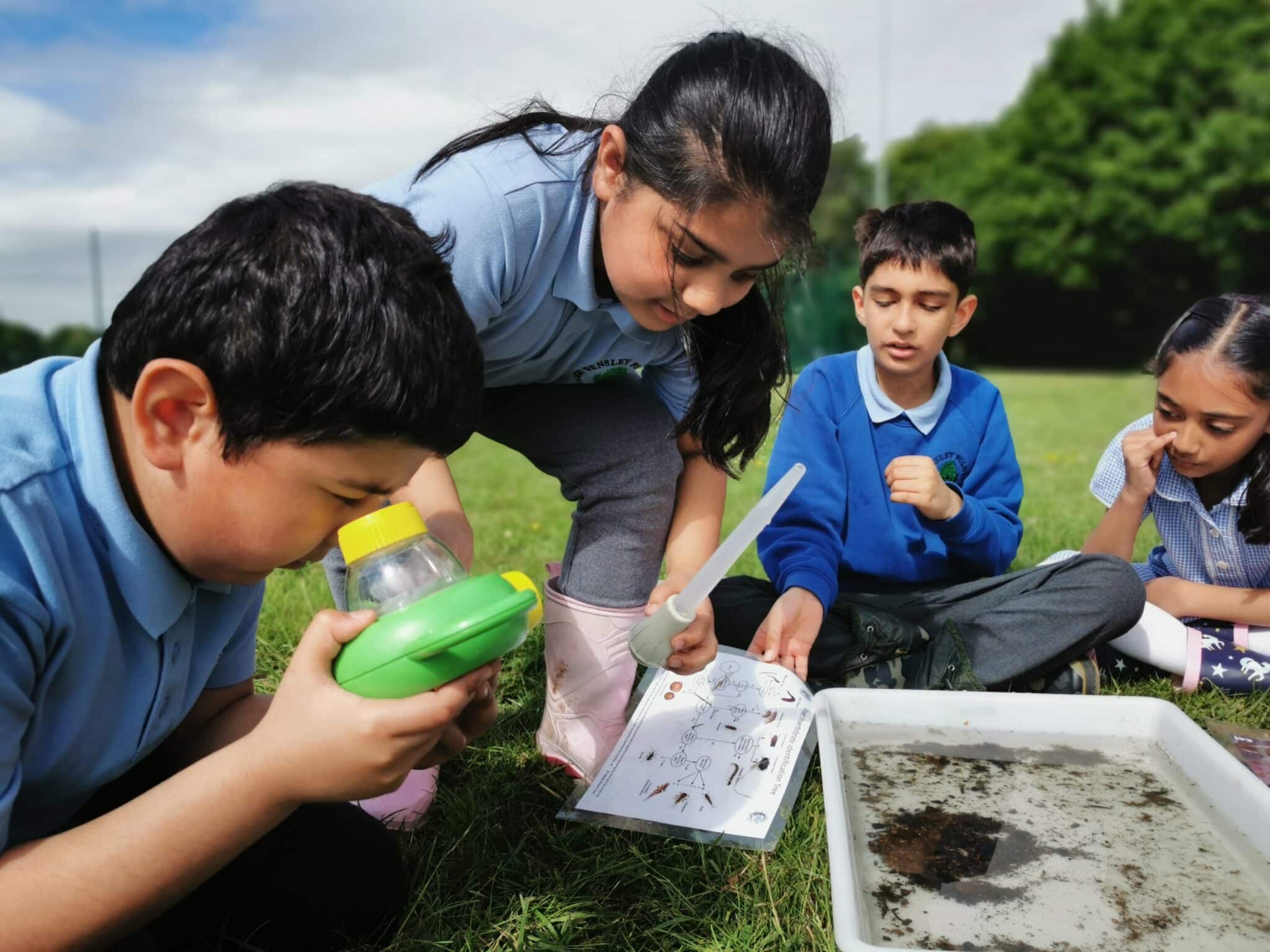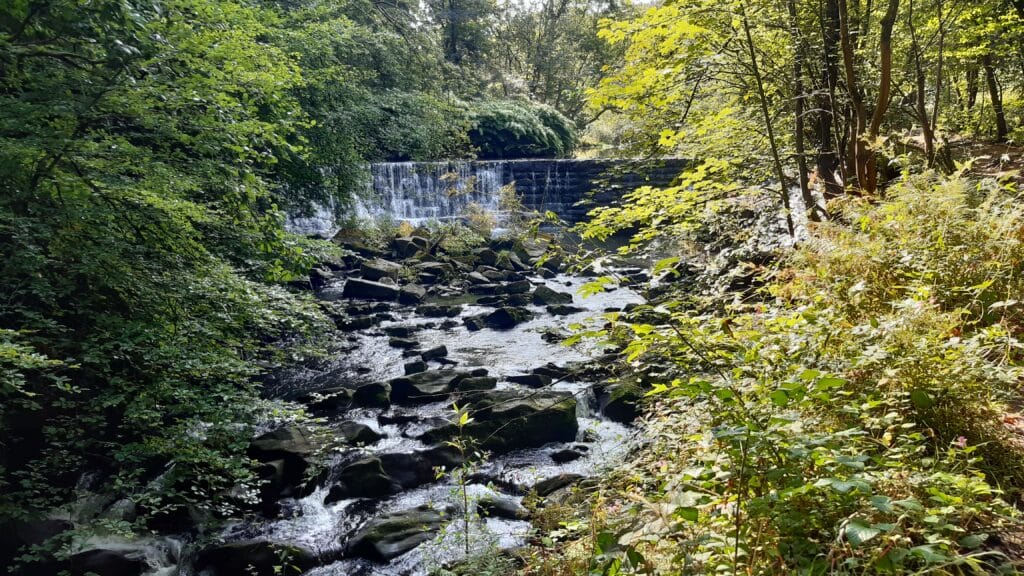
Darwen DEEP
Through our Darwen DEEP (Darwen Evidence and Engagement Planning) project we aim to engage with communities local to the River Darwen. Through this engagement we hope to find out which are the major issues facing rivers and watercourses in the area. This information will prove very valuable, and means we will be able to work with these communities to make improvements.
about Darwen DEEP
Residents of Blackburn with Darwen are being asked to identify any problems or challenges they think Ribble Rivers Trust should be focussing on. All the information we need is being gathered in a survey supported by the Environment Agency. The Trust is also keen to know how local people use the rivers for recreation.
In recent years we have delivered several fish pass projects on the River Darwen. This includes work at Hoghton Bottoms, Lower Darwen and Walton-Le-Dale, but we know there is still much more to do. We want local people to tell us what they think the next priorities should be. So, we’re keen for as many people as possible to take part in this survey, or report where they know there are problems on the River Darwen. This could be anything from grot spots choking with litter, invasive species such as Himalayan Balsam or Giant Hogweed, or places that flood when we get heavy rainfall. We’ll then use this information to work with the council, Environment Agency and others to come up with solutions. Then, together with communities, we’ll apply for funding to do the work.
What’s the problem with the River Darwen?

At over 19 miles long, the River Darwen is a major tributary of the River Ribble. A fairly urban river, from its source above the town of Darwen, it flows through the centre of Darwen before entering Blackburn. It also passes Hoghton Tower, through Hoghton Bottoms, Samlesbury and Walton-le-Dale. Finally it joins the Ribble south of Preston at Walton le Dale.
Its long industrial history meant it suffered from pollution well into the 1970’s. The River Darwen used to be known as the rainbow river. This is because the paper and paint mills in the area discharged wastewater used in the dying and manufacturing process directly into the river, changing the water colour dramatically. It goes without saying that this was terrible for everything that lived in those waters.
Thanks to changes in legislation, as well as the efforts of Ribble Rivers Trust, local businesses, residents and community groups, the river is now recovering. Improvements to water quality are continuing. Then, with more support could see the river prosper and become a valuable asset for people and wildlife.
RRT’s main activities in the River Darwen area include creating fish passes, de-culverting, tree planting, clean-ups, habitat improvements and education and engagement projects.

